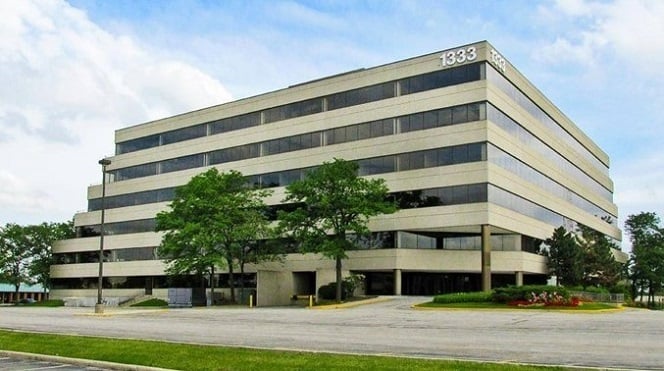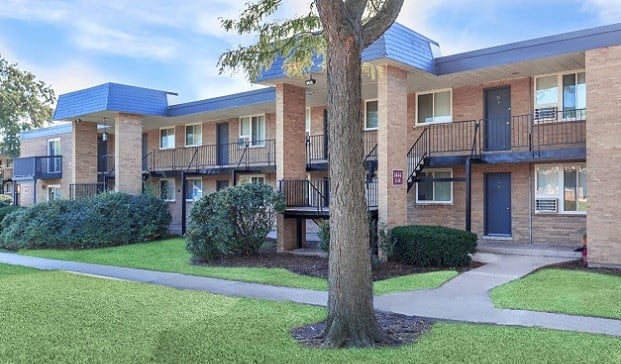SAN DIEGO-Giving customers (a.k.a., tenants) what they want is the biggest overriding trend in office-building operation and management, and it plays out in many different ways. According to the Building Owners and Managers Association International's latest publication, “What Office Tenants Want,” released here this week at BOMA's Every Building Conference & Expo, tenants have a good level of satisfaction with their properties, but customer service is crucial to this satisfaction.
The publication was based on BOMA's most recent global office-tenant survey conducted by Kingsley Associates along with BOMA International's affiliates BOMA Canada, the Property Council of New Zealand and the South African Property Owners Association, as well as the global offices of CBRE. The study revealed that the addition of health and hygiene amenities provides building owners and managers a clear opportunity to increase overall tenant satisfaction. While these amenities are comparatively rare in buildings occupied by survey respondents, they are rated highly when present.
“Hygiene is definitely an area that is not readily coming up on property tours or in tenant's proposals,” Andy White, SVP for Jones Lang LaSalle, tells GlobeSt.com. “Hand-sanitizer stations in lobbies are probably the most obvious health-related item we are seeing in buildings besides general janitorial service.”
White adds that air filters or increased fresh air into closed-loop HVAC systems might be one more step a landlord can take to add health and hygiene amenities to their buildings. “Related to health, most tenants are very interested to learn if a candidate building has an on-site fitness center or gym within walking distance. On that same point, safe walking paths and shower facilities are also a great feature.”
All things being equal, health and hygiene amenities could make the difference when office tenants are considering signing a lease, says White. “Like any other building or features or amenities, health/hygiene could be the tipping point for a tenant to select one building over the other.”
Also of interest from the study is the revelation that US office tenants report the highest level of satisfaction among the countries participating in the survey. This year's study was expanded from the last one, conducted in 1999, to include tenants from Canada, New Zealand and South Africa.
The study also showed that, in general, tenants are optimistic about the future, since the majority plan to either maintain or increase employee numbers. However, this will not necessarily mean increased space requirements, since many tenants are planning to reduce the amount of square footage per employee while adding employees to their roster.
“The anticipated growth slide (in the survey results) stuck out as being very similar to Orange County,” White, who is based in Orange County, tells GlobeSt.com. “Across all five size tranches on the anticipated growth slide, many of the tenants that are planning on hiring additional employees are not planning on increasing the size of their space. Unless these tenants already have surplus space, they are basically going to squeeze more people into less space. Cubicles and shared work areas are winning out over private offices. In addition to driving down occupancy costs per employee, it is also a product of 'teaming' and 'collaborative' concepts, which many employees are embracing today.”
He adds that although this higher density sounds productive and efficient, smaller cubes are not always the answer. “Orange County's largest constraint to high-density workspace is parking. Until we have a workforce that utilizes mass/alternative transit, our ability to park cars will govern our density efficiencies.”
© 2025 ALM Global, LLC, All Rights Reserved. Request academic re-use from www.copyright.com. All other uses, submit a request to [email protected]. For more information visit Asset & Logo Licensing.







